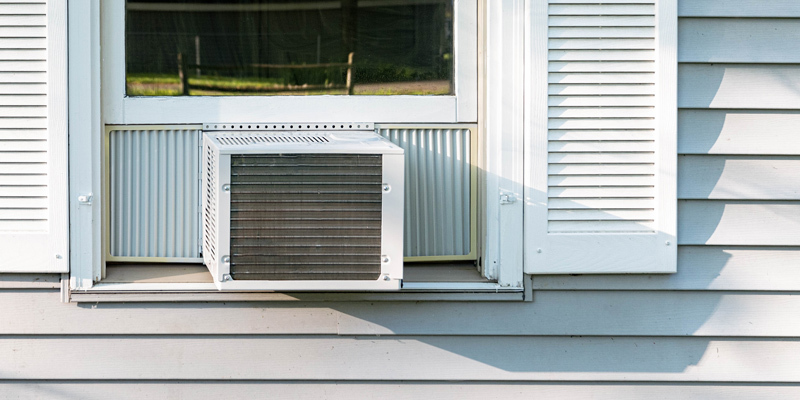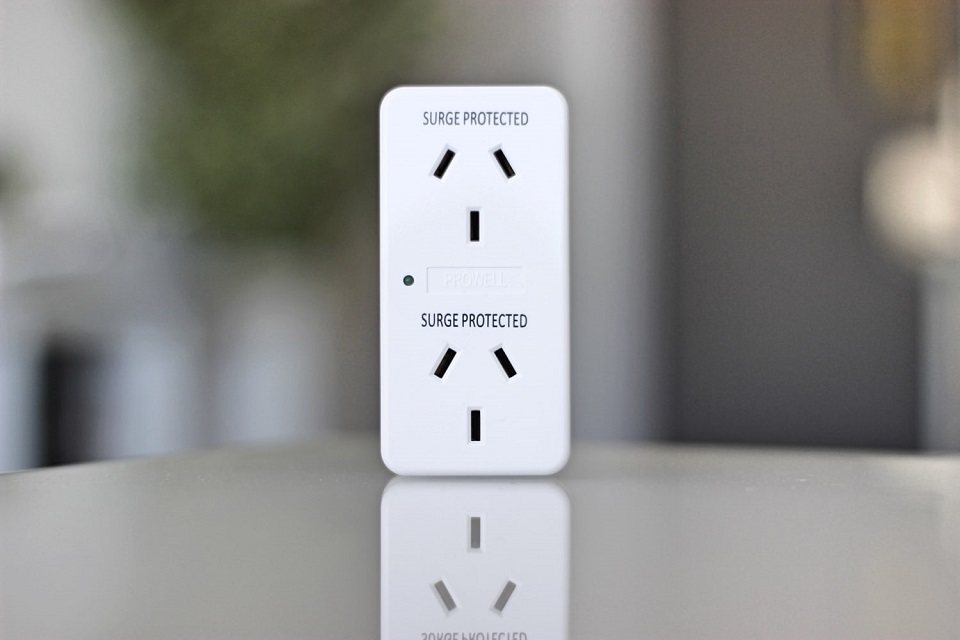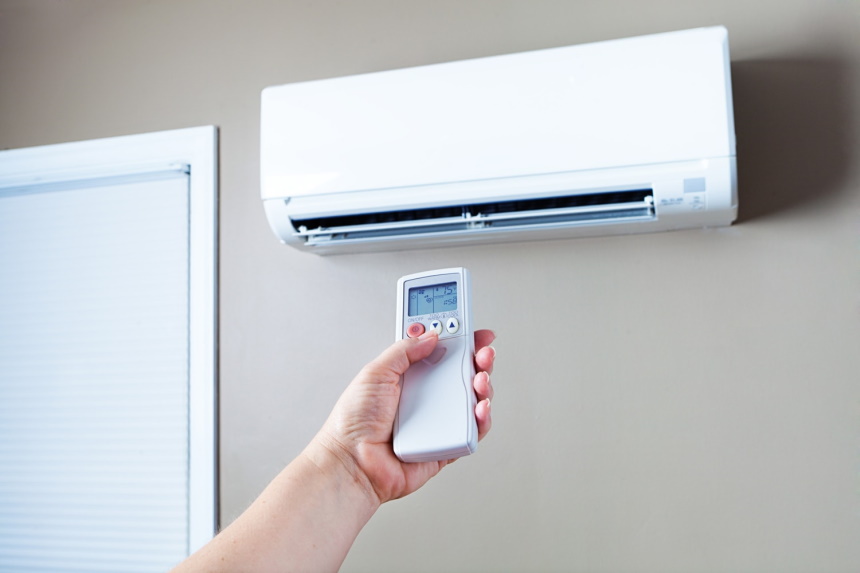

A moldy air conditioner is one of the problems that most homeowners usually experience. Mold likes growing in damp areas which are shielded from direct sunlight. Therefore, it’s not surprising to discover mold in your AC’s evaporator coils.
When mold invades your AC unit, the effects usually go beyond poor performance. The mold can spread throughout your home, causing extensive damage to your property. Additionally, mold can cause respiratory issues. This post highlights factors that cause black mold on AC coils, how to remove it, and prevent the problem. Let’s get cracking!
Your air conditioner contains evaporator coils which usually cool and remove moisture from the air that passes through it. The moisture then passes through a drain and flows out of the unit. During the entire process, dust particles from the air also accumulate the in the unit. If your air conditioning unit is dirty, the evaporator coils will not drain off the moisture properly. When the dust particles and the moisture combine, black mold may grow on your coils.
Preventing mold growth on your AC coils s easier compared to cleaning them. There are various steps you can take to prevent black mold Trusted Source Mold A microorganism and type of fungus, molds are part of the natural environment and can be found everywhere, outside and indoors. Health-related reactions in people depend on mold type, the amount and duration of exposure, and individual characteristics. www.niehs.nih.gov from growing on your evaporator coils, as discussed below.
Dirty coils usually encourage mold growth. To prevent this problem, clean your coils regularly. For best results, clean the evaporator coils annually.
Cleaning the evaporator coils is not a complicated process. All you need is warm water, mild detergent, and a soft brush. However, you should be extra careful to avoid damaging fragile aluminum fins covering the coils. Ask an HVAC technician Trusted Source What Does An HVAC Contractor Do? At some point during your time as a homeowner, you’ll need an HVAC (Heating, Ventilation and Air Conditioning) contractor. But what exactly should you expect when you hire one? We’re here to explain. www.forbes.com to help you clean your evaporator coils since they have the proper cleaning tools and knowledge to handle them.
Your air filter is responsible for trapping dust particles and removing mold spores from the air that passes through the AC, preventing mold from growing on the coils. After some time, excessive dirt may accumulate on the air filter, preventing it from effectively trapping dust or mold spores from the air that passes through the AC unit. As a result, mold may grow on the evaporator coils.
The best way to prevent this issue is by changing the air filter regularly. On average, you should change your AC filter monthly or once in three months, depending on your needs. Also, consider buying a high-quality air filter. The BNX 20x20x1 MERV 13 Air Filter 4 Pack is a good example of a high-quality air filter. This filter can capture microscopic particles and has a single-sided frame technology which helps in reducing environmental waste.
An excessively humid indoor environment can encourage mold growth in your AC. Therefore, it’s important to reduce the humidity levels in your home. The best humidity level for a home is between 30-50 percent.
Another way to prevent mold growth on your evaporator coils is by installing a UV germicidal light over the evaporator coils. The UV light kills mold spores and reduces their movement, preventing them from spreading throughout the unit. According to most reviews, the best UV Germicidal Light to use is the U/V/C Light Lamp 185nm with 253.7nm Bulb since it has a strong lamp and a long cord.
Dealing with black mold on AC coils can be frustrating. The mold can affect your AC’s functionality or even cause respiratory issues. However, you can avoid these issues by preventing mold from growing on the coils. If the mold has already grown on the coils, you can clean them using warm water and mild detergent. For best results, hire a professional HVAC contractor to help you clean the coils.





